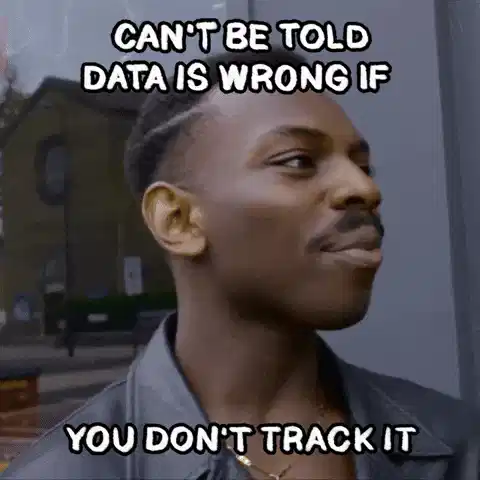I "recently" finished Andrew Browns 'Week 4' of his AWS Bootcamp! In this bootcamp we were creating a Twitter clone website, utilizing AWS. The topic for the week was... You guessed it, RDS! I wont be going over how to do all of these, but I will go over some good takeaways I learned from my mistakes. Spoiler alert: it was a lot of human errors.
I learned how to:
- Provision an RDS instance via CLI!
- Create a Postgres DB using CLI shortcuts
- Troubleshoot
- Learned to write and use BASH scripts ( SHEBANG )
- Did I say Troubleshoot yet? Because I did a lot of that.
- Implement a Lambda that runs in a VPC and commits code to RDS
- Programmatically update a security group rule
- Operate common SQL commands
- Create AWS Cognito trigger to insert user into database (Headache!)
"Yeah, yeah, cool you learned a lot, but what is RDS? and why should I care?!"
-you, the reader.
What is RDS?
A web service (Relational Database Service) that makes it easier to set up, operate, and scale a relational database in the AWS Cloud. It provides cost-efficient, resizable capacity for an industry-standard relational database and manages common database administration tasks.
Here are some examples of how companies use AWS RDS.
Expedia uses AWS CloudFormation with Chef to deploy its entire front and backend stack into its Amazon Virtual Private Cloud (Amazon VPC) environment. Expedia Group uses a multi-region, multi-availability zone architecture with a proprietary DNS service to add resiliency to the applications.
Unilever used AWS Service Catalog to scale its database-as-a-service platform, facilitating simple database deployments, management, and support with a lean team of engineers.
Some benefits of using AWS RDS for companies like Unilever and Expedia include:
- Scalability: RDS allows companies to easily scale their databases up or down as needed with simple API calls or a few manual changes from the AWS Management Console.
- Reduced Database Administration: RDS handles routine database management tasks such as provisioning, backup, recovery, repair, patching, and failure detection. This frees up time for developers to innovate for their customers.
- Cost Savings: Companies only pay for the resources they use with RDS, without up-front investments.
- Increased Agility and Resiliency: By using AWS, Expedia Group has become more resilient and its developers have been able to innovate faster while saving the company millions of dollars.
Troubleshooting Issues:
We all encounter issues in all of our jobs or tools we use. Whether you are a pro or a beginner (N00b) we all have done something dumb to sometimes be the cause of said issue. The important thing is to remember it and learn from it!
Here are just a couple of the things I learned.
Ran into lots of issues with the Postgres table not pushing to the website backend. I later found through the very helpful discord that someone else had the same connection pool error that I had, however, my issue was simply I had forgotten to re-compose up my docker image after making changes to the docker compose file. Do not forget to double-check the "little things"!
I recently came to the realization that I had forgotten to turn the instance back 'on' after creating a new database named "2". It was a simple oversight on my part, but I will make sure to be more mindful moving forward.
Next issue: syntax, a simple extra word can screw up your code and thus I spent 20+ minutes trying to figure that out...
Last issue: In AWS lambda our lambda had an environment variable for my 'CONNECTION_URL' that was not fully correct. Checking docker logs and Cloudwatch logs to find the issue it ended up being that I had some syntax error, always double-check your Environment variables! In my code it is
'CONNECTION_URL = PROD_CONNECTION_URL = "XXX" '. However, in the AWS console Lambda portion, it doesn't need the
" = PROD_CONNECTION_URL"portion, just the value afterwards! After I cleared that up, the user I created (via AWS Cognito) was able to connect with the Postgres table and fill it in with user info! ( had some help from the boot camp Discord - someone else had the same problem, I tried to fix it myself at first but alas I went looking for help - do not deny yourself help when you need it)
Although this "week" took me more than a week( LOL), I managed to finish it, and although I won't be finishing the boot camp I will continue with my fundamental cloud studies(Linux, Networking, AWS). I have learned so much in the "5 weeks" of instruction that was provided by Andrew Browns AWS bootcamp!
Sorry for the long post! Thanks for reading!! Follow for more cloud/tech-related content! Please comment to let everyone know how you use RDS if you do!





Top comments (0)